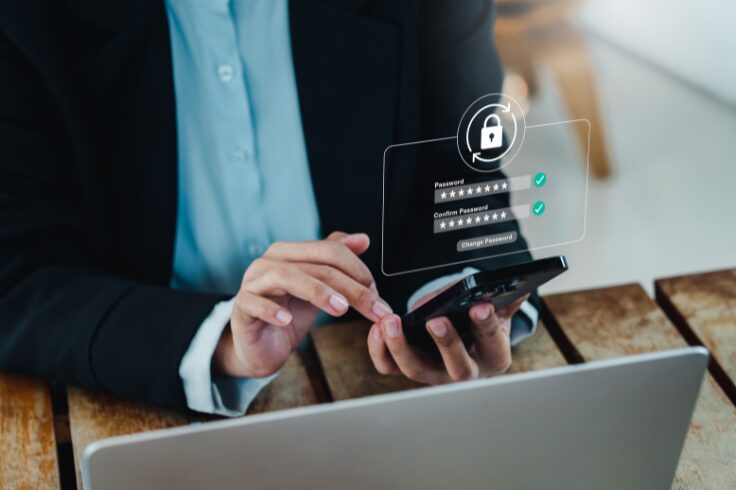The Equifax Data Breach and How to Keep Your Identity Protected
| 3 min read
Last week, the credit reporting company, Equifax revealed they were the victim of a massive data breach. According to the company, as many as 143 million people may have had their names, birth dates, social security, and driver’s license numbers compromised as a result of the breach. In addition, the hack may have exposed 209,000 people’s credit card numbers, and the personal dispute details of another 182,000 people. In this post, we wanted to share helpful tips about how to proceed if you fear that your information may have been compromised, and how to keep your identity protected in the future.
How do I know if the breach affected me?
The announcement of the data breach was stressful for many consumers because of the sheer size of Equifax. The company is one of the three largest credit reporting agencies, so the breach could potentially have impacted anyone who has had a credit report pulled. If you’re worried the breach included your information, Equifax recommends visiting www.equifaxsecurity2017.com to see if you were affected. You can also call 866-447-7559 to learn about protective measures to take in light of the breach.
At Vantage West, we take the security and privacy of our Member information very seriously. In the event that Equifax notifies us that any of our Members have been identified as victims of this breach, we will, of course notify them. Due to the magnitude of the Equifax breach we encourage everyone to be proactive in taking precautions to protect themselves, in case they might have been impacted.
Steps to keep your identity protected
As technology advances, unfortunately so do the abilities of hackers. There is always a risk your information may be compromised for nefarious purposes. For that reason, we’ve provided some tips on how you can keep your identity protected.
1 Take advantage of a free credit report by visiting www.annualcreditreport.com
Your free credit report will keep you informed of any suspicious charges or other unauthorized uses of your information. Look over the report carefully to ensure that your information has not been used without your consent.
2 Use biometrics, such as thumbprint or facial recognition, if available
Many credit card companies and financial institutions offer this heightened level of security. Take advantage of it. While it’s always possible to hack a password, your fingerprints are entirely unique to you, and impossible to replicate.
3 Make all new passwords different and difficult to guess
No more using “password” for your password. There are thousands of hackers around the world preying upon you, waiting for you to slip. Don’t make it easy for them. We recommend using upper and lowercase letters, numbers, and other symbols to make your password more difficult to crack.
4 Be careful with security questions
If you forget your password, you have the chance to recover it by answering a series of security questions. Make sure these questions are not easily guessed or found online. For example, a simple Google search can reveal your address or your mother’s maiden name.
5 Use two-factor authentication if possible
Two-factor authentication (also known as 2FA) uses two or more pieces of evidence to gain access to your account. You use two-factor authentication every time you take money out of an ATM machine by using both an ATM card and a personal PIN number. Many financial institutions and credit card companies allow you to require two-factor authentication to access your account. Often this means you’ll receive a one-time verification number sent via text message. Since this only goes to your phone, you’ll be the only person to see this. Two-factor authentication is an excellent way to keep your information under wraps, and away from hackers.






